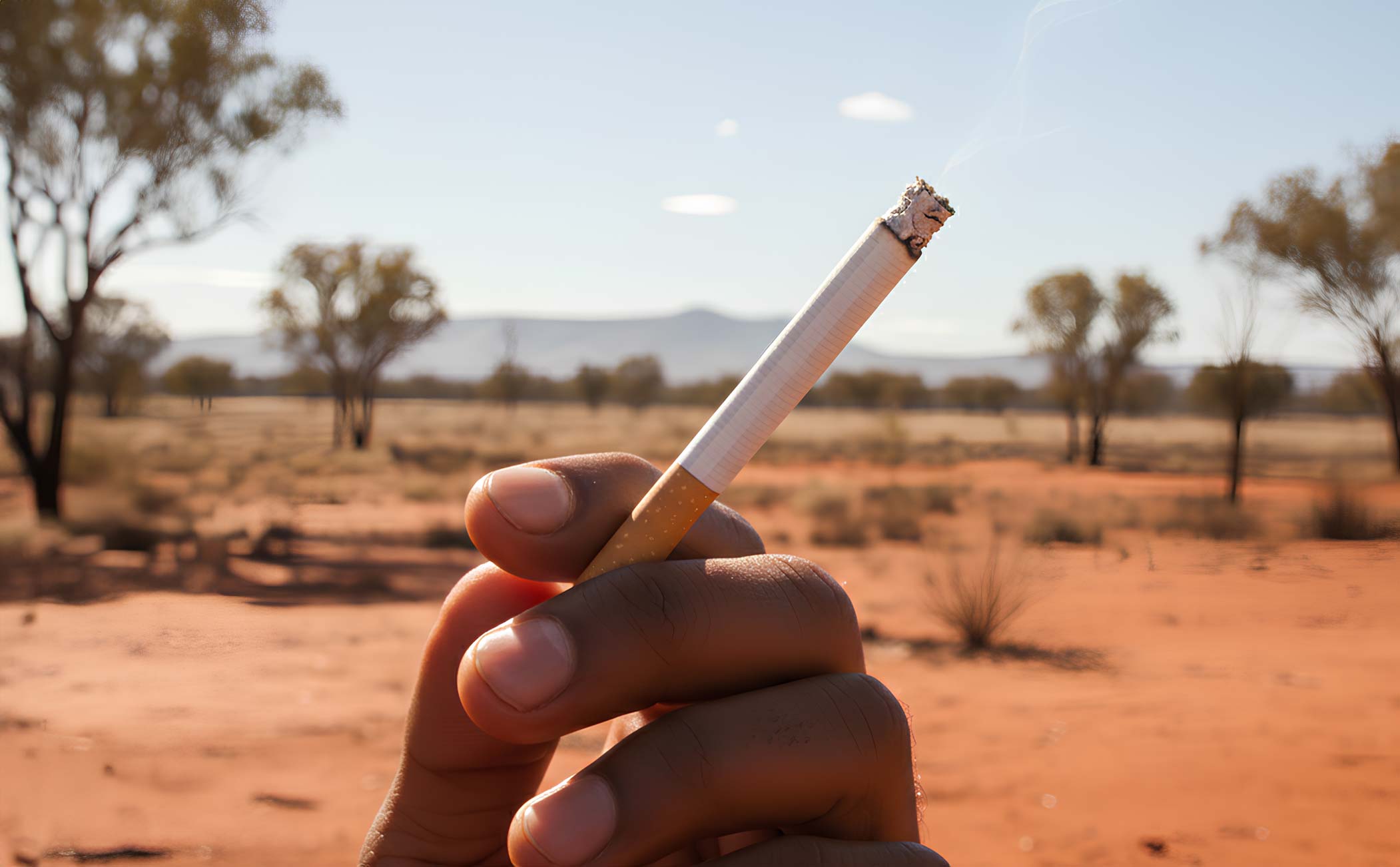Smoking isn’t the badge of rebellion it once was for Aussie teens. But that doesn’t mean it’s disappeared altogether. While traditional cigarette use is way down, there’s a new problem clouding the air: vaping.
To really understand what’s going on with young people and nicotine today, we need to look at how three major forces intersect: laws, advertising, and peer pressure.
Australia’s Tough Tobacco Laws
When it comes to smoking laws, Australia’s a global trailblazer. You won’t see cigarette ads anywhere, packaging has to follow plain-pack rules with graphic warnings, and lighting up in most public spaces is a no-go. You have to be 18 to legally buy cigarettes, but we all know some teens get them through older mates or siblings.
But now there’s a new player in the game: vapes. With colourful packaging and sweet flavours, they’ve become the nicotine product of choice for many teens despite being largely illegal unless prescribed. A lot of them are getting into Australia through online stores or dodgy back channels.
In 2024, the government stepped in to ban disposable vapes and limit imports of others. It’s a big move, but some worry that it’ll just push the problem deeper underground, making it harder to track and regulate.
Advertising (and Anti-Advertising)
If you were a kid in the ’90s or early 2000s, you probably remember those intense anti-smoking ads full of rotting gums and blackened lungs. Turns out, they worked. According to the Australian Institute of Health and Welfare, the number of 14–17-year-olds smoking daily dropped from 19% in 1996 to just 3% by 2019.
But here’s the problem: vaping doesn’t have the same kind of regulation, especially when it’s being pushed through social media. Influencers, bright colours, fruity flavours are all part of a marketing playbook designed to appeal to younger eyes, even when it’s technically illegal to sell to them.
That grey zone means vaping often flies under the radar, looking more like a lifestyle choice than a health risk. And that makes it even trickier to combat.
The Power of Peer Pressure
Even with all the laws and warnings, peer pressure remains the most powerful influence. A 2023 study by Cancer Council Victoria found that nearly 70% of young people who tried vaping said they did it because a friend offered it.
That tracks with what’s happening in real life, with kids trying vapes at parties or after school, not necessarily because they want to, but because everyone else is doing it. It’s about fitting in, experimenting, and sometimes just not wanting to be left out.
So, What Can Be Done?
The federal government is putting its money where its mouth is, investing $737 million into a new National Tobacco Strategy that includes vaping. That’s a huge deal which will fund education, quit programs, and enforcement.
But we can’t just rely on laws and scary ads. We need to meet young people where they’re at; in schools, on TikTok, on Instagram. That means relatable education, better enforcement of existing laws, and support that speaks to the reality of being a teen today.
The Bottom Line
Youth smoking in Australia is changing. While cigarette use is down, vaping is on the rise, being being driven by social trends, dodgy marketing, and peer dynamics.
If we’re serious about helping the next generation stay smoke-free, we need to understand their world, not just hand out more rules. That means listening, educating, and offering real support.
Need support? Head to Quit.org.au or talk to your doctor. There’s always someone who can help you make a change.








